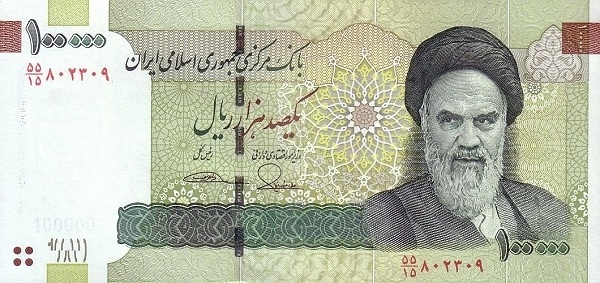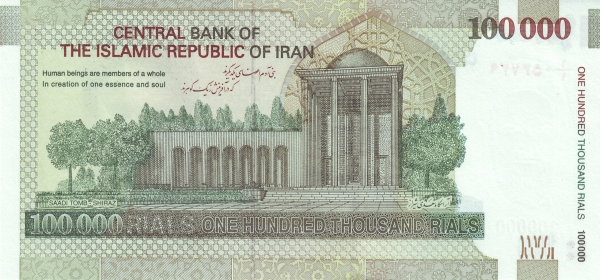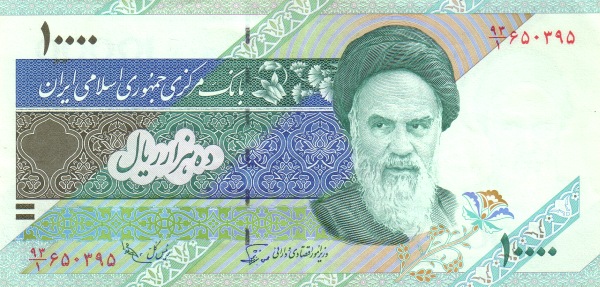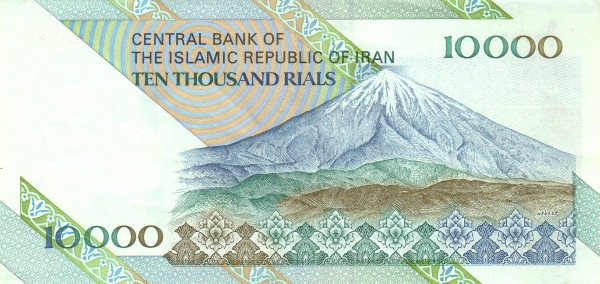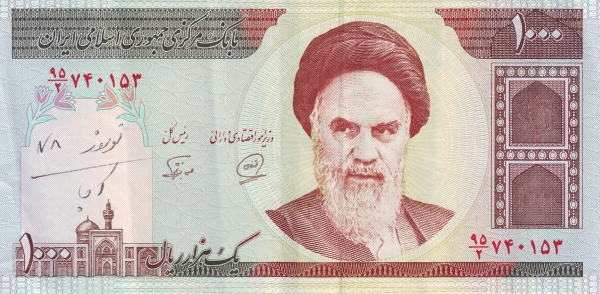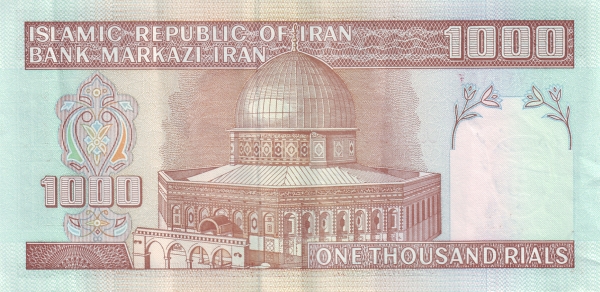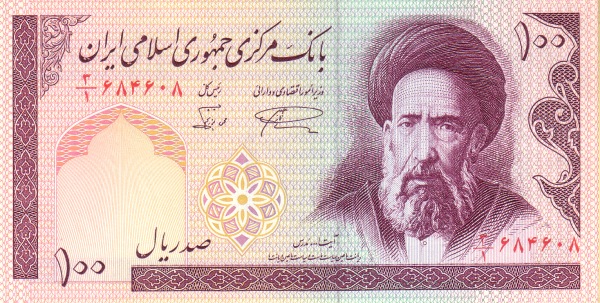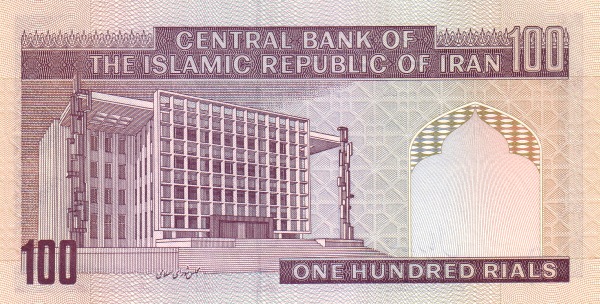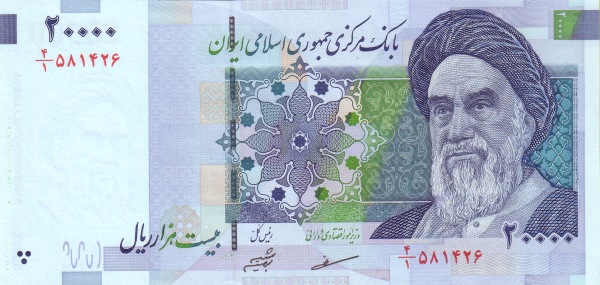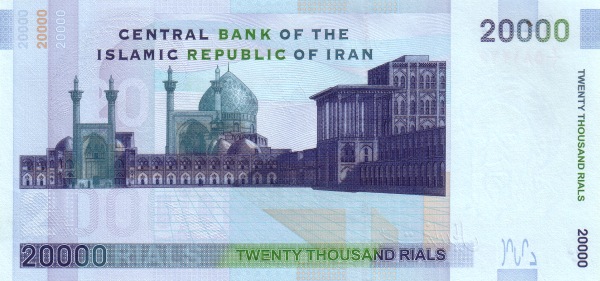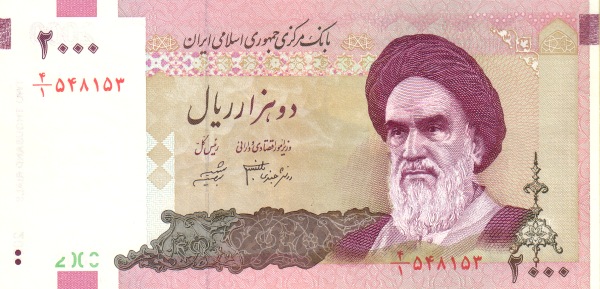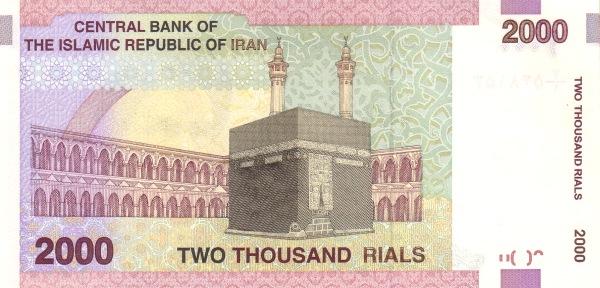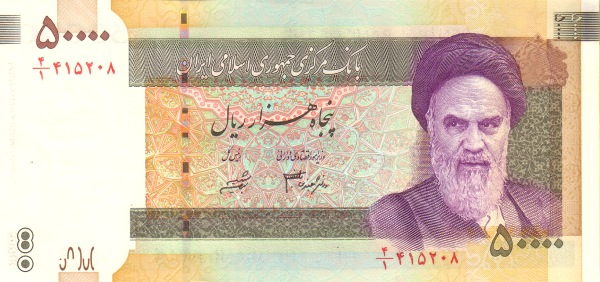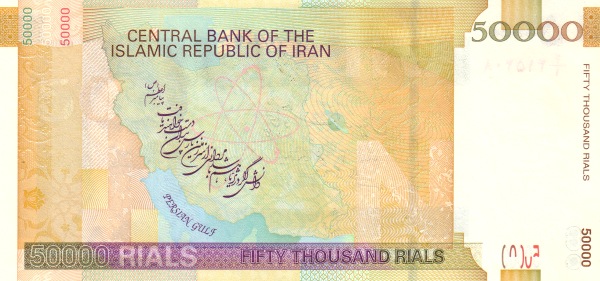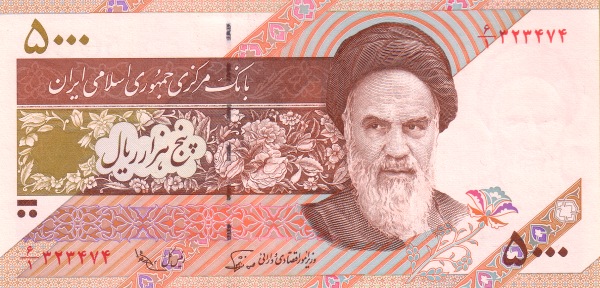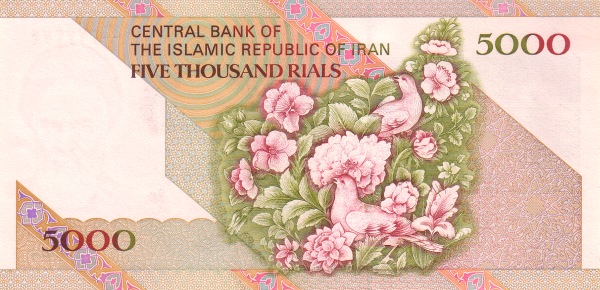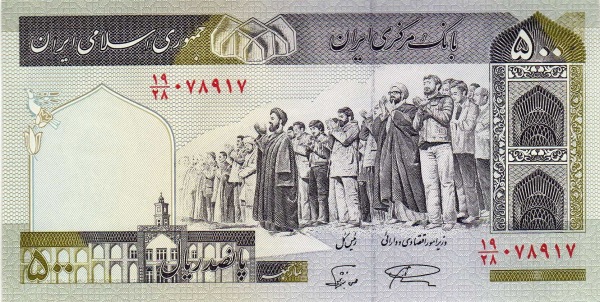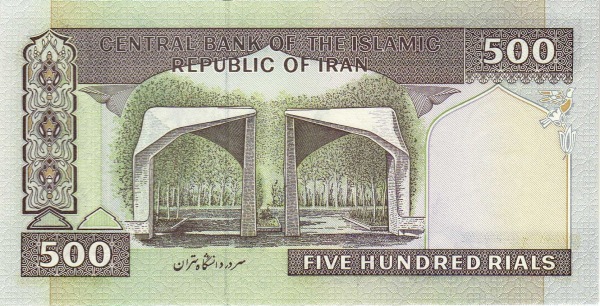Exploring Iran (Islamic Republic of): A Rich Tapestry of History and Culture
Iran (Islamic Republic of), formerly known as Persia, finds its geographical location nestled between the Caspian Sea in the north and the vast Persian Gulf flanked by the Gulf of Oman to the south. This expansive nation stands as the easternmost point in the Middle East, presenting a beautiful blend of traditions, landscapes, and historical significance that captivates the hearts of many travelers. The boundaries of Iran encompass Afghanistan, Armenia, Azerbaijan, Iraq, Pakistan, Turkey, and Turkmenistan, showcasing its unique strategic placement in the region. In addition, maritime borders with Kazakhstan and Russia in the Caspian Sea, along with neighboring Bahrain, Kuwait, Oman, Qatar, Saudi Arabia, and the United Arab Emirates, further enrich this country's cultural interactions.
Geographical Marvels and Climate
Covering an impressive area of 1,648,195 km², Iran (Islamic Republic of) showcases its grandeur by being nearly three times the size of France and slightly smaller than Alaska. The dominant geographical feature of this nation remains the Iranian Plateau, a distinguished geological structure found in Western and Central Asia. However, the coastal regions near the Caspian Sea and the southwestern Khuzestan Province provide picturesque landscapes that contrast sharply with Iran's central and eastern arid expanse. The majestic Zagros Mountains in the west form the largest mountain range across Iran, Iraq, and southeastern Turkey. Meanwhile, the Elburz mountain range in the north graces the nation with stunning peaks, including the famed Mount Damavand, which towers at a staggering height of 5,610 m (18,410 ft) and proudly claims the title of Iran's highest mountain.
Demographics and Major Urban Centers
As of 2024, Iran (Islamic Republic of) is home to approximately 89 million people. The capital city, Tehran, functions as the hub of political and economic activity. Despite the sprawling nature of the country’s landscape, urban centers like Mashhad, Isfahan, Karaj, Tabriz, Shiraz, Ahvaz, and Qom reflect vibrant cultural identities. Persian, or Farsi, serves as the official language, while other languages such as Kurdish, Azeri, Arabic, and Baluchi provide a glimpse into the country's ethnic diversity. The predominant religion in Iran is Shia Islam, illustrating the spiritual and cultural fabric of Iranian society.
Population Density and Living Conditions
People in Iran predominantly reside in the northern, northwestern, and western regions. These areas benefit from a more temperate climate compared to the vast arid expanses found in the center and east, particularly around the remarkable Dasht-e Kavir and the Great Salt Desert. The stony deserts and the undulating dune fields of Dasht-e Lut, while beautiful in their own right, support significantly lower population densities. This contrast in living conditions enhances the rich tapestries of life found throughout Iran.
A Glimpse into the Historical Landscape of Iran (Islamic Republic of)
From Ancient Persia to Modern Iran
Historically, Iran (Islamic Republic of) boasts a heritage as significant as any in the world. The Persian Empire thrived as one of the greatest empires of the ancient era, characterized by a succession of powerful dynasties. Throughout its history, however, this magnificent empire faced multiple invasions. For instance, Alexander the Great initiated a wave of conquest that altered the landscape of Persia. Subsequently, the Parthians and the Hellenistic Seleucid Empire also played prominent roles in shaping Iran's historical narrative.
The Islamic Revolution and Its Implications
In the late 20th century, the fabric of Iranian society experienced a profound transformation with the Islamic Revolution in 1979. This pivotal event marked the fall of Mohammad Reza Pahlavi, the hereditary monarch, amid growing discontent fueled by religious and political unrest. The return of Ayatollah Ruhollah Khomeini from exile in Paris heralded the establishment of the world's first Islamic republic. This significant change catalyzed an eight-year conflict with Iraq, which further influenced Iran’s political atmosphere.
Recent Political Developments
In subsequent years, Iran (Islamic Republic of) experienced a roller coaster of political events. Akbar Hashemi Rafsanjani served as the fourth President of Iran, enjoying substantial popularity in the elections of 1992 and 1996. However, his decision not to seek a third term led to Mohammad Khatami's presidency in 1997. Khatami emphasized reforms and attracted support primarily from women, youth, and intellectual circles.
Ahmadinejad’s Presidency and Nuclear Ambitions
Following Khatami, Mahmoud Ahmadinejad assumed the presidency in June 2005. Known for his conservative stance, Ahmadinejad rolled back many reforms. His assertive confrontations with Western nations, particularly concerning Iran’s nuclear program, drew international attention and criticism. In June 2013, Hassan Rouhani, a moderate conservative cleric and seasoned political figure, attained the presidency. Rouhani’s election reflected a desire for reform in both Iran's internal policies and its international relations, marking a new chapter in the nation’s politics.
International Relations and the Nuclear Accord
Throughout these political developments, the United Nations Security Council consistently urged Iran (Islamic Republic of) to halt its uranium enrichment activities. In July 2015, Iran agreed to the Joint Comprehensive Plan of Action (JCPOA) in a multilateral agreement with six major world powers, aimed at limiting its nuclear program in exchange for easing sanctions. However, the withdrawal of the United States from the agreement in May 2018 created tension, leading to a series of retaliatory actions between Iran and U.S. forces, including the tragic downing of a Ukrainian aircraft by Iranian military forces.
Understanding the Political System of Iran
The political landscape of Iran (Islamic Republic of) evolved drastically post-1979 revolution. The establishment of an authoritarian theocratic regime saw the rise of the Supreme Leader, Ali Khamenei, who retains significant control over the state, armed forces, and crucial foreign policy decisions. Moreover, the President, elected for four-year terms, operates under limits imposed by the Supreme Leader and a multitude of influential clerics and conservatives.
As Iran continues to navigate through its rich history and dynamic politics, it remains a country of immense cultural and historical significance in the global arena. Its unique blend of tradition and modernity paints a vivid picture of life within this fascinating region.
Largest cities of: Iran (Islamic Republic of)
| City Name | Population | Year of foundation | |
| Tehran | 8,900,000 | 599 | |
| Mashhad | 3,080,000 | 999 | |
| Isfahan | 2,000,000 | 1590 | |
| Karaj | 1,700,000 | 1969 | |
| Tabriz | 1,400,000 | 625 | |
| Shiraz | 1,200,000 | circa 2200 B | |
| Ahvaz | 1,200,000 | 645 | |
| Qom | 1,000,000 | circa 200 |
Iran (Islamic Republic of): Money
